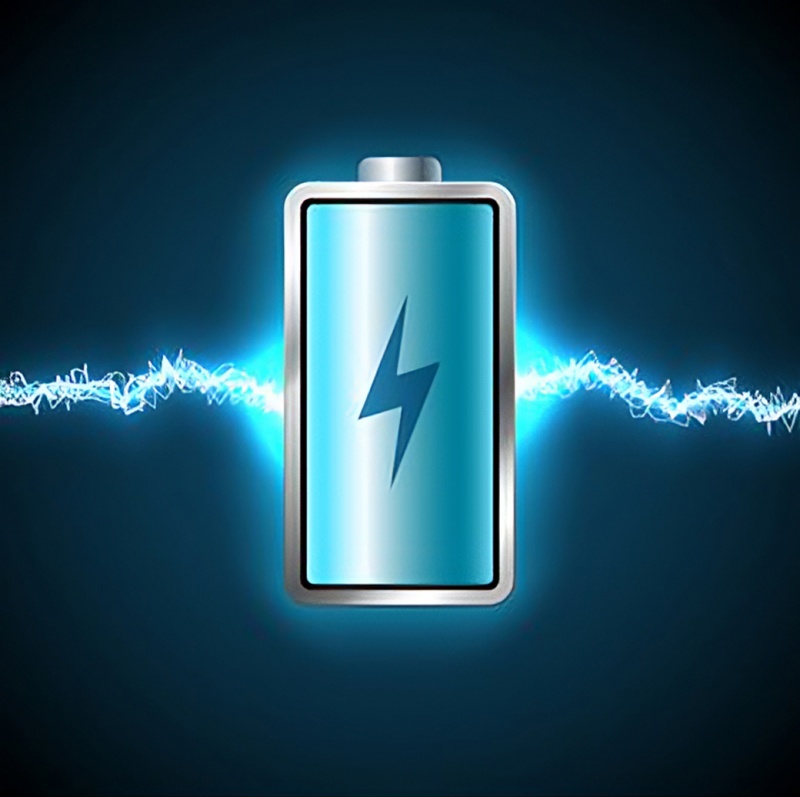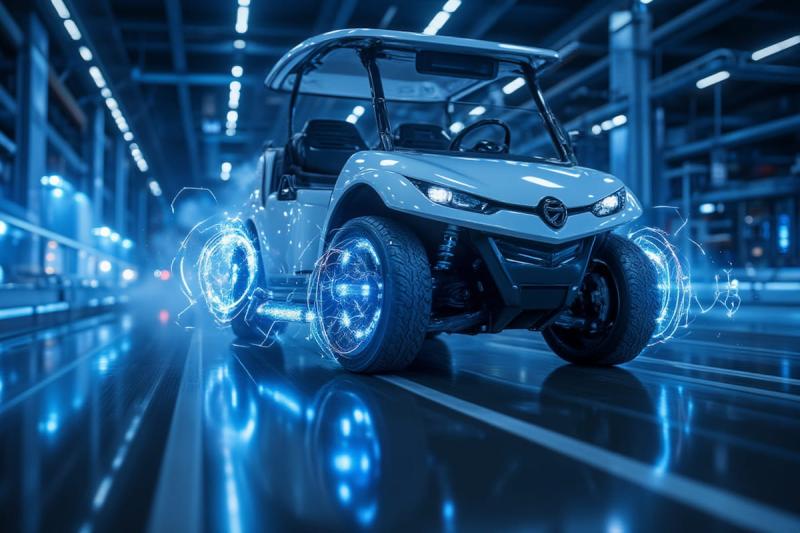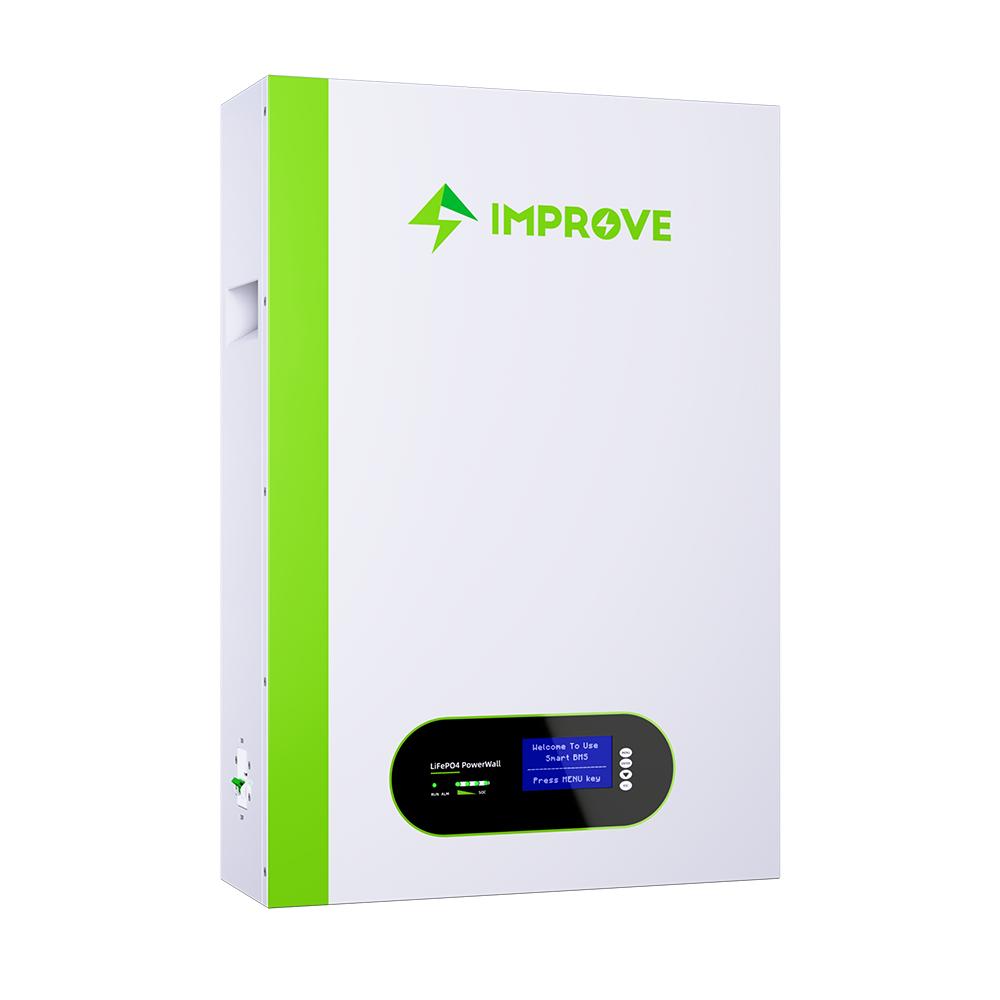Generally, the upper limit voltage of lithium iron phosphate battery charging is 3.7~4V, and the lower limit voltage of discharging is 2~2.5V. Considering the five aspects of discharge capacity, discharge median voltage, charging time, constant current capacity percentage, and safety, constant current and constant voltage are adopted. For the lithium iron phosphate battery, it is reasonable to set the charging limit voltage at 3.55~3.70V, the recommended value is 3.60~3.65V, and the discharge lower limit voltage is 2.2V~2.5V.
The lithium iron phosphate battery has a designed 3.6v charging limit, so that the design can fully activate the battery capacity to the maximum without damaging the battery.
The number of charging times refers to the number of complete charge and discharge cycles. Although the 3.4V design is not overcharged, there will be a small number of people who do not participate in the cycle charge and discharge, and most of them will participate in the cycle because the number of cycles increases to a certain number of times, and the performance will still change. Poor, vicious circle until it can't be used. This is the limitation of its life, the superposition of various unavoidable harmful and unfavorable factors, and it is inevitable that the performance cannot maintain the original design parameters.
Although the lithium iron phosphate battery pack has a limited voltage by design, it is also equipped with a protection plate to protect the lithium battery pack from overcharging. But to make the lithium battery pack last longer, the correct charging method is also very important.
Lithium Iron Phosphate Battery Safety
Now, when people buy new energy vehicles, they have to choose between two technologies: lithium iron phosphate battery and ternary lithium battery. Industry insiders tell us: choose the ternary system that pays attention to battery life and lightweight vehicles. Lithium iron phosphate series with emphasis on safety. In this regard, consumers are eager for the industry insiders to give a practical answer from a technical point of view: Are lithium iron phosphate batteries safe? This question should be answered from three aspects: material/structural stability, production process, and charge-discharge characteristics.
1. Lithium iron phosphate is the safest cathode material for lithium-ion batteries at present. It does not contain any heavy metal elements that are harmful to the human body. It is difficult to precipitate oxygen in its olivine structure, which improves the stability of the material.
2. The production process of lithium iron phosphate battery is basically the same as that of other lithium battery varieties. The core processes are: batching, coating, rolling, filming, and winding. In the batching process, the conductivity of lithium iron phosphate materials is relatively poor, so the particles are generally made smaller. The objective effect of this is that the internal arrangement is more uniform, which promotes the formation of a balanced voltage platform, which can be maintained during operation. The state of the battery is stable.
3. Charging and discharging are the two basic working states of lithium batteries. When the lithium iron phosphate battery is charged and discharged, due to the weak oxidation ability of iron ions, it will not release oxygen, so it is naturally difficult to have a redox reaction with the electrolyte, which makes the charging and discharging process of the lithium iron phosphate battery in a safe environment. Not only that, it is difficult for lithium iron phosphate batteries to undergo severe redox reactions during high-rate discharge or even overcharge and discharge. At the same time, after the lithium is deintercalated, the lattice change will reduce the final volume of the unit cell (the smallest constituent unit of the crystal), which just offsets the increased volume of the carbon negative electrode during the reaction. Therefore, during charging and discharging, lithium iron phosphate batteries The stability of the physical structure can be maintained, and the hidden danger of the battery bursting phenomenon caused by the increase in volume is eliminated.
The battery safety mentioned above is explained by taking the monomer as an example for the sake of convenience. When put into use, the lithium iron phosphate battery needs to provide the rated voltage and capacity suitable for electrical appliances. At this time, the lithium iron phosphate battery needs to be The battery matching work, that is, the single lithium iron phosphate battery is equipped with a series/parallel/serial-parallel mode into a practical lithium battery pack. The most important thing to pay attention to in this matching work is the consistency of each single cell. Usually, it also has a balanced management system, which ensures the safety of the use of lithium batteries through the control of key parameters, which is a common feature of all kinds of lithium battery packs.








